Jennifer Grey arrived at a recent breakfast at the Peninsula Hotel in Beverly Hills in a flurry of regrets about the state of her shirt and her hair (both were impeccable). Before the waiter had a chance to pour coffee, the star of Dirty Dancing asked a question that would be an apt subtitle for her memoir, Out of the Corner, which Ballantine Books will publish on May 3rd.
“Why do I think everything has to be perfect in order to be enough?”
Some actors play it coy in their autobiographies, forcing readers to bushwhack through anodyne childhood memories and tepid revelations about fame before “opening the kimono” (Grey’s term) on the subjects they are best known for. Grey doesn’t roll this way in person – she is forthcoming, warm and hellbent on connection – or in her book, which begins with a 17-page prologue about her nose and the plastic surgeries that derailed her career and (almost) robbed her of her identity.
Grey underwent two surgeries to 'fine-tune' her proboscis. The second procedure, intended to correct an irregularity caused by the first, was more aggressive than what Grey expected
At 62, Grey is ready to take control of a narrative that has been in the public domain for so long, it has achieved mythological status. As recently as 2007, The New York Times referred to “Jennifer Grey syndrome” – the phenomenon of too-aggressive plastic surgery – as if everyone is in on the joke. How long must one woman pay for a personal decision? Why should any human being be boiled down to a punchline?
Before we delve into the significance of “schnozzageddon,” as Grey called it, let’s rewind a bit for readers who are too young to remember the significance of the event.
In 1986 Grey landed a breakout role as “Baby” Houseman in Dirty Dancing, a movie about an awkward teenager who falls in love with a hunky dance instructor (played by Patrick Swayze) during a vacation at a Catskills resort called Kellerman’s. Made with a budget of $6 million, the movie earned $214 million at the box office and, as the New York Times’s film editor wrote on its 10th anniversary, “quickly became a phenomenon in a way that no one associated with it quite understands, even to this day.”
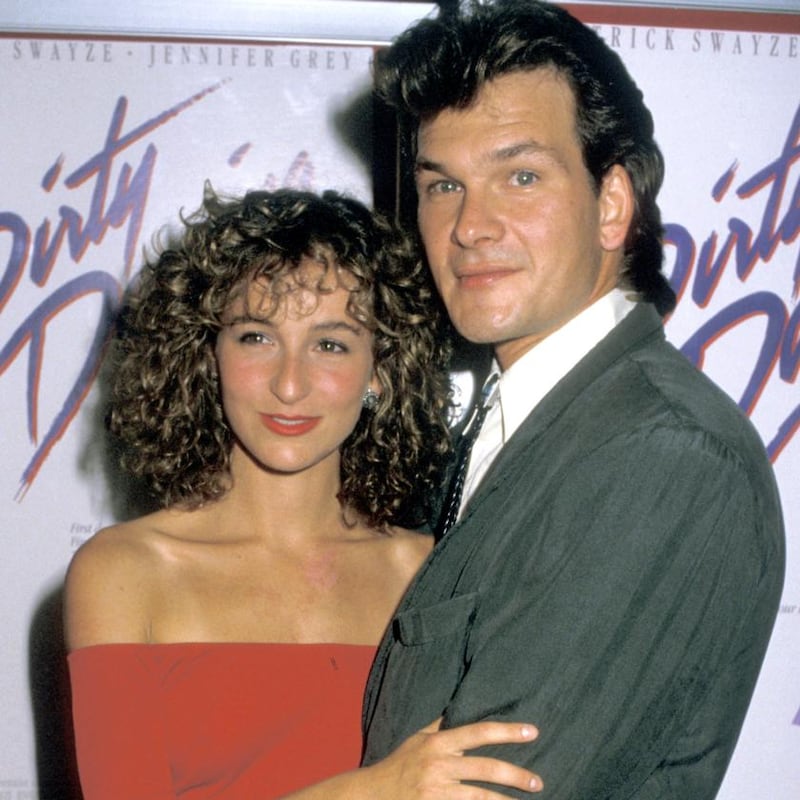
Swayze’s line, “Nobody puts Baby in the corner” became a rallying cry for disaffected Generation Xers – who, it turned out, craved rumba, romance and nostalgia just as much as anyone else. Cuffed, cut-off jean shorts and white Keds became the official summer uniform of every adolescent whose Sun-In and perm didn’t quite achieve Grey’s honey-coloured waves. At 27, having been paid $50,000 for her work, she became a household name.
“After Dirty Dancing, I was America’s sweetheart, which you would think would be the key to unlocking all my hopes and dreams,” writes Grey, the daughter of an Oscar-winning actor, Joel Grey, and granddaughter of Mickey Katz, a comedian and musician who might have performed at Kellerman’s had it been a real place. “But it didn’t go down that way. For one thing, there didn’t seem to be a surplus of parts for actresses who looked like me. My so-called ‘problem’ wasn’t really a problem for me, but since it seemed to be a problem for other people, and it didn’t appear to be going away anytime soon, by default it became my problem.”
“It was as plain as the nose on my face,” she said.
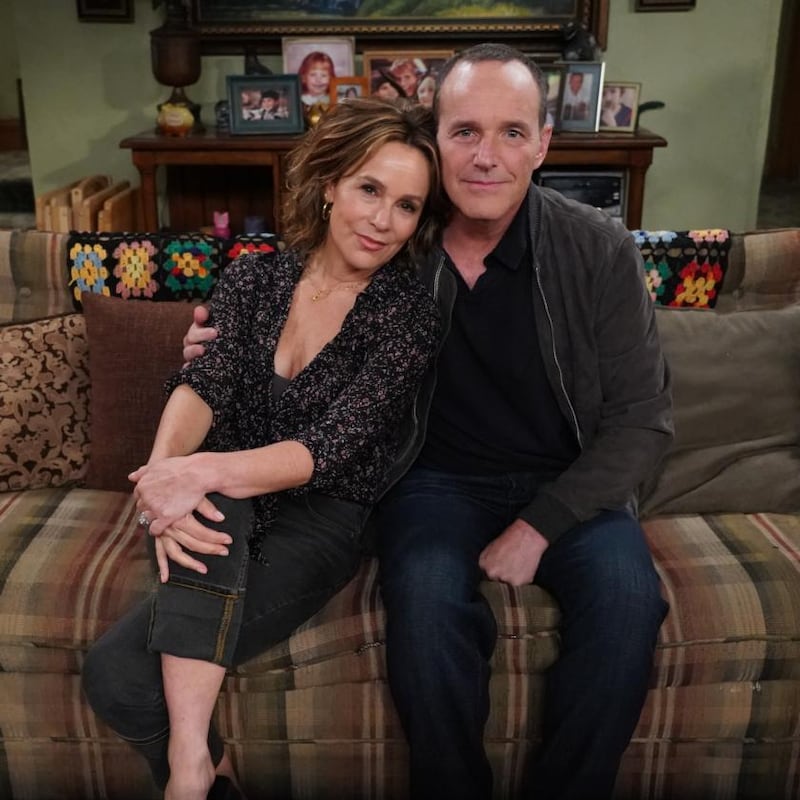
Following the advice of her mother and three plastic surgeons – one of whom recalled seeing Dirty Dancing and wondering “why that girl didn’t do her nose” – Grey underwent two surgeries to “fine-tune” her proboscis. The second procedure, intended to correct an irregularity caused by the first, was more aggressive than what Grey expected. Her new nose was “truncated” and “dwarfed”. She was unrecognisable to people who had known her for years. Photographers who had hounded her the month before didn’t pick up their cameras when she walked down a red carpet.
She recalls an airline employee who glanced at her driver’s license and said, “‘Oh, Jennifer Grey, like the actress.’” When Grey said, “Actually, it is me,” the woman responded: “‘I’ve seen ‘Dirty Dancing a dozen times. I know Jennifer Grey. And you are not her.’”
“Overnight I lose my identity and my career,” Grey writes.

In the two hours she sat on a blue banquette in a Beverly Hills restaurant, matter-of-factly scooping a soft-boiled egg, spreading butter on rye toast and chatting about her memoir, only one person appeared to recognize Grey. The woman’s face lit up, then softened as if she had spotted an old friend who had survived a terrible ordeal.
“Being misunderstood on a global stage was very painful,” Grey said. “I think people really love black-and-white thinking. I’m into gray; I couldn’t have a better name.”
Readers might wonder why Grey decided to write about her life now, decades after many of the events she explores. She is – like Baby Houseman, who was about to go to Mount Holyoke and dreamed of joining the Peace Corps – on the threshold of a new phase of life.
In July 2020 Grey announced on Instagram that her marriage to Clark Gregg was ending after 19 years; their 20-year-old daughter, Stella, is now pursuing an acting career of her own. Not that it has anything to do with her memoir, but the 16-year-old family dog, Dorothy, died three days before our meeting – another turning point.
Shortly before Dirty Dancing's premiere, Broderick and Grey were in a car accident in Ireland that left two people dead
With Grey, one has a sense of an ending, but also a beginning. Worth considering: the nose that launched a thousand attacks, jokes and judgments has now been around longer than the one that made its debut in a Dr Pepper commercial in 1979.
“If you are public in any way, there is a sense that you are impenetrable. Or that you’ve sacrificed your privacy,” said Dani Shapiro, an author and a friend of Grey’s. Of the timing of Out of the Corner, she added, “When you tell a story is the story. There are books written out of anger or revenge or score settling. This is not one of them.”
In 2010 after many years of voice-over work, stints on Friends and Grey’s Anatomy and a role on a short-lived sitcom, It’s Like … You Know, in which she played a fictional version of herself, Grey appeared on, and won, Dancing With the Stars. That is when the idea for Out of the Corner started to percolate.
Grey had a “ragtag, mismatched” collection of journals she’d kept from the age of 14 until she was 41, so she had plenty of material to work with: “I started to look at high points and low points and the way I’ve adapted to dramatic shifts. I wrote every single word of this book myself, which I know is unusual.”
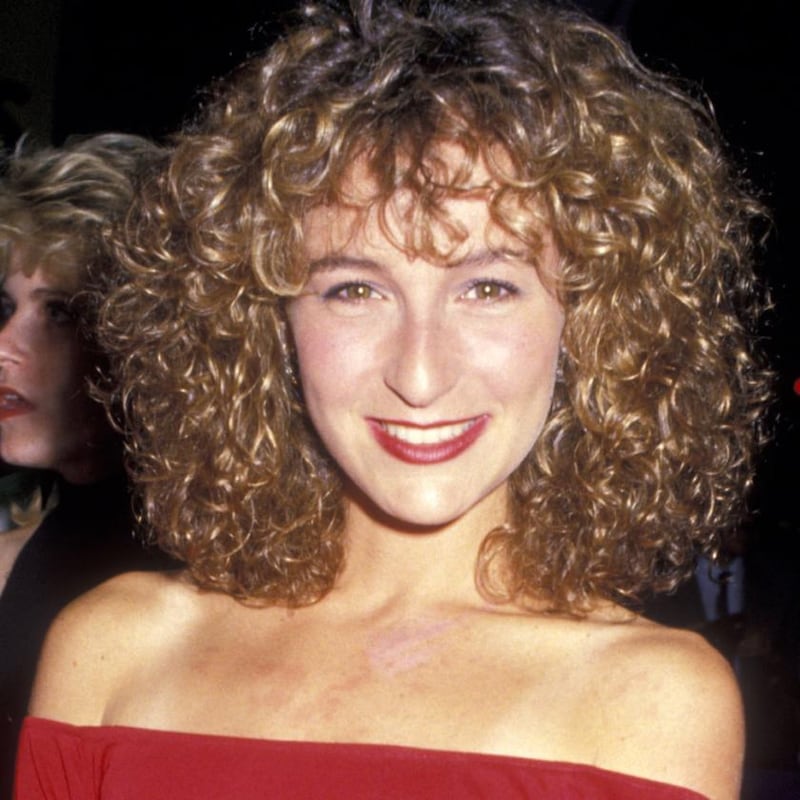
From April to September of 2021, she had daily coaching sessions by Zoom with Barbara Jones, an editor and publishing industry veteran who helped shape the memoir. “The first thing Jennifer did was give me a massive manuscript, something she called the whole enchilada,” Jones said. “She’s one of the most highly verbal people I’ve ever met. I’d say, ‘You need a word here that means this’ and she’d spit out 10 synonyms, rapid fire. Then she’d pick one.”
Out of the Corner isn’t all about regret, survival or reinvention. It’s a funny, dishy, occasionally heartbreaking coming-of-age story, including Grey’s memories of crashing her parents’ late-night snack ritual, ditching class at Dalton and belting out show tunes at Hal Prince’s holiday party with Stephen Sondheim on the Steinway. There are escapades with Madonna, Johnny Depp and Tracy Pollan (whose vintage jeans inspired the Dirty Dancing cutoffs) alongside glimpses into Grey’s wild child years (think cocaine, sex and Studio 54 – “Although no one cool ever called it that,” she writes. “It was either Studio or 54”).
There’s Grey’s joy at landing a coveted role in The Cotton Club, followed Francis Ford Coppola’s unexpected announcement, delivered “as offhandedly as if he were telling the waiter to make sure the calamari were extra crispy,” that she would film her first scene naked. She writes, “If I couldn’t trust Francis to take care of me as an actress, whom could I trust?”
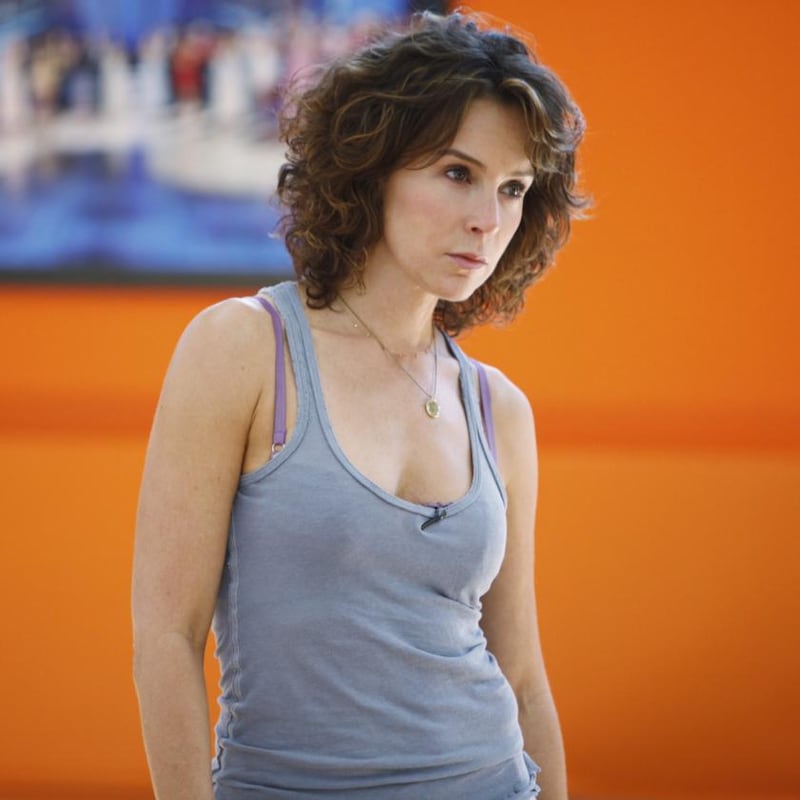
(When asked how she would respond to this treatment now, Grey said, “If it was my daughter, I’d kill every single one of them.”)
There are also revelations about Grey's tumultuous offscreen romance with Matthew Broderick, whose sulky sister she played in Ferris Bueller's Day Off. She recalls him saying, on the eve of her Dirty Dancing audition, "'There's no way you're gonna get it. They're seeing everyone for this part.'"
Shortly before the movie’s premiere, Broderick and Grey were in a car accident in Ireland that left two people dead. He was behind the wheel and suffered serious injuries. Thirty years later, she would require spinal surgery as a result of the head-on collision. But in the meantime, news of the accident – and questions about it – followed her in the wake of her biggest success. Howard Stern joked about it on air; Bryant Gumbel inquired about it during a Today Show segment that was supposed to be about Dirty Dancing.
“The idea that the most traumatic tragedy, the most impactful experience of my life, was sandwiched –” Grey held up her hands, palms facing her collarbone and brought them together with a firm thump – “They are inextricably linked. The pleasure of that moment, that surprise arrival, it never felt good. It never felt like what I’d hoped my whole life it would feel like.”
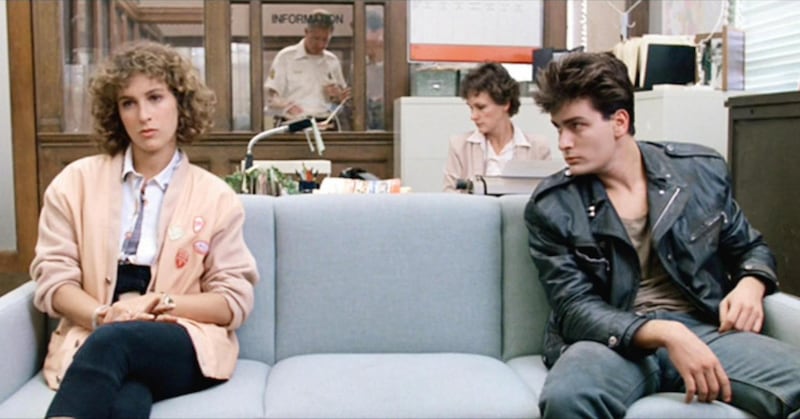
She added, “We were so young. And there’s not a week that goes by that I don’t think about it. That I don’t think about the families. That I don’t think about Matthew. It’s just in me. It’s part of my topographical map, the landscape of my life.”
Grey’s friend Jamie Lee Curtis helped design the cover of Out of the Corner, using what she described as “DIY photoshop phone app skills.” The image she chose was a casual one with a retro vibe: “It isn’t overly fancy. It wasn’t for a magazine. There’s a confidence, an establishment of self in flow. It feels like she is at the precipice of something.”
Grey hopes readers who feel victimised or stuck will be inspired by her story: “Like Flintstone vitamins: It feels like candy but you’re getting something.”
“I’m a person who has been associated with ‘Nobody puts Baby in a corner.’ If I were to die, that’s what they would write on my tombstone,” she said. “I seemed to have felt in the past that I had been put in corners. But once I started writing, I realised there were so many things I did choose.”
Grey added, "The truth is, when I had all the good stuff, I was definitely not even close to how free I feel today." – This article originally appeared in The New York Times

















